At A Glance
- Food, they say, is the best way to a man's heart, also to the heart of any culture, but there were many other things to enjoy in Ilocos Norte, where the culinary game is strong, not for the faint of heart, especially not for the heart afraid of clogging its arteries.
The far north, the northern edge of the country, the northernmost tip of the island of Luzon—these descriptions are a tonic for wanderlust, but I would in my youth drive 12 hours to Pagudpud, with a lot of stops because I had never been, or ever wanted to go, to Ilocos in a hurry.
It’s different this last time I went to Ilocos Norte via the just-revived Manila-Laoag route, which Cebu Pacific has been servicing daily since May this year. It took me only a little over 40 minutes to land at the Laoag International Airport, “northern gateway to the Philippines.”
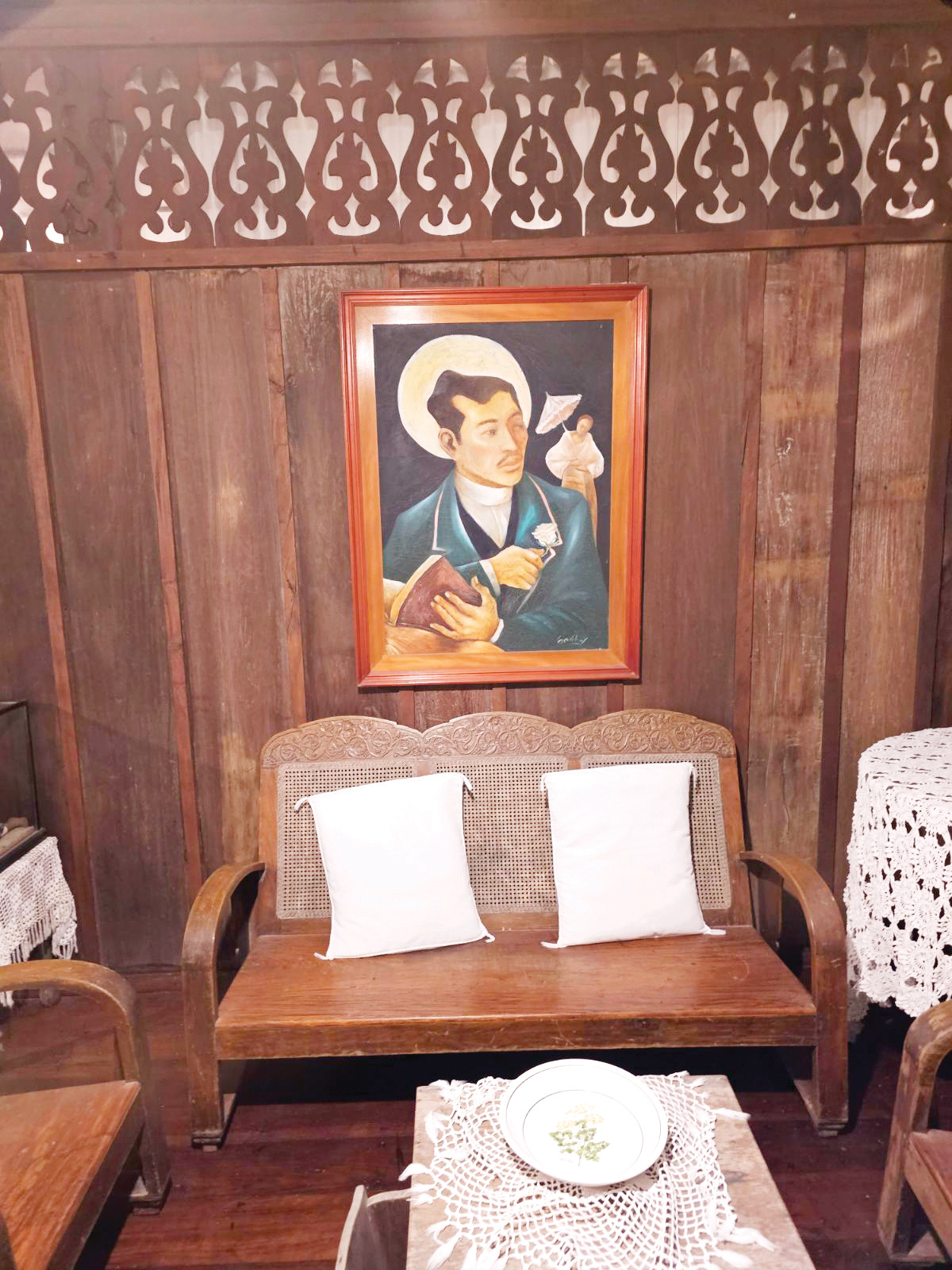
The airport is rightfully a gateway. Unmistakably Filipino, it is housed given our history of 333 years under the rule of Spain in a Spanish-colonial building made of red brick walls, brick pillars, arched windows, and Machuca-tiled walkways. It’s quite refreshing to feel this welcomed by old vibes after many travels in which you land in modern airports built like every other airport in the world. Also, landing at the Laoag International Airport is like landing on the set of the hit TV series Maria Clara at Ibarra, meaning back in time.
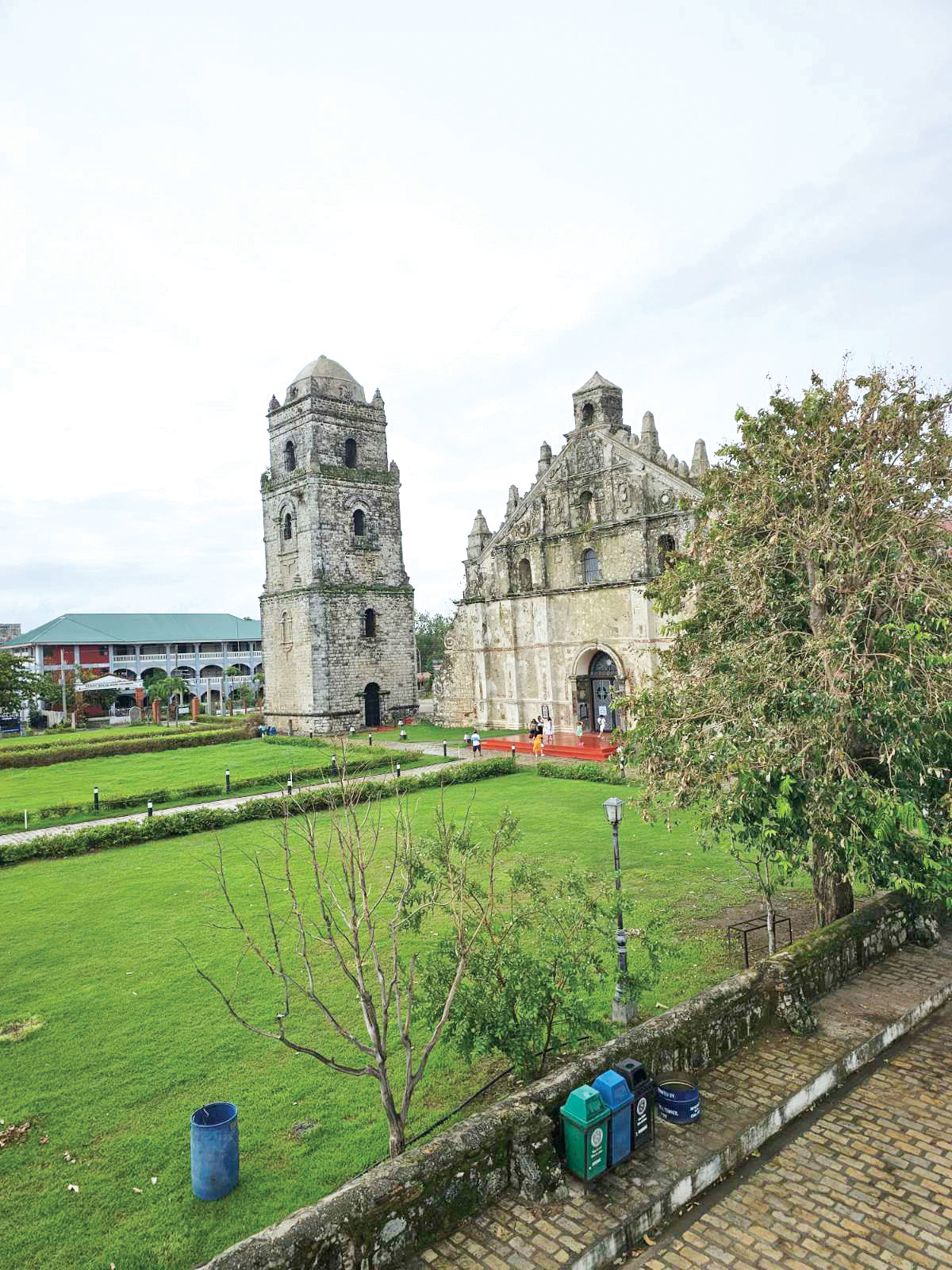
Laoag, the sparkling gem of Ilocandia, is not quite as preserved as Ilocos Sur’s Vigan City, a World Heritage Site, but it still has that historical feel. Although it is the capital of Ilocos Norte, it maintains that small town vibe, especially since the first order of our day, having taken the very early morning flight from Manila, was heavy breakfast at Dawang’s.
Our guide from the Laoag Tourism Office, which has collaborated with Cebu Pacific and the project lead, Travel Warehouse Inc., refers to it as President Ferdinand R. Marcos Jr.’s go-to carinderia. Its owner, Nevin Dawang, did affirm that the chief executive had been to Dawang four times since 2022, although he discovered it way before, in 2016, at its previous location in San Nicolas. Once, he was even seen eating away at the carinderia on the ground floor of a two-story ’70s-style house on Paterno Street with Tourism Secretary Christina Frasco and his son, Ilocos Norte 1st District Rep. Sandro Marcos.
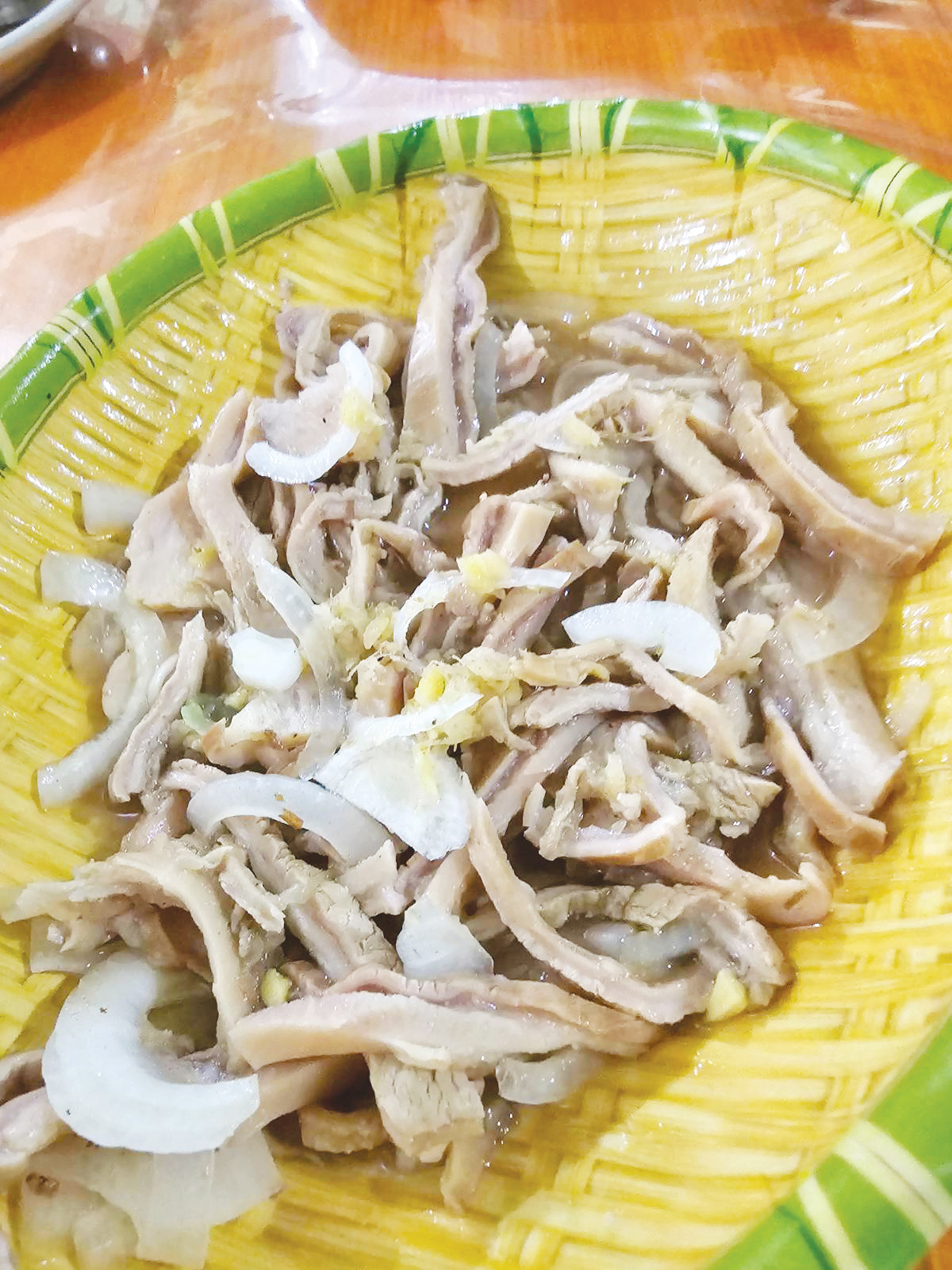
My visit to Dawang was a sharp introduction to Ilocano cuisine beyond bagnet and pinakbet as more than half of the dishes on the menu were a stranger to me. I was familiar with igado or pork meat in liver stew, for example, but not with imbaliktad, a beef dish in which the meat is cooked rare, sautéed with onion and ginger, and served with papait, a sauce made of the bile of a cow, carabao, or goat, on the side. There was tinuno or pork grilled in high heat, as well as papaluyen, beef innards simmered for hours to make them supertender, brought to your table in a bowl of a simple broth. The crispy dinuguan was the first thing I pointed at, just before I decided I might as well treat my palate with a little adventure.
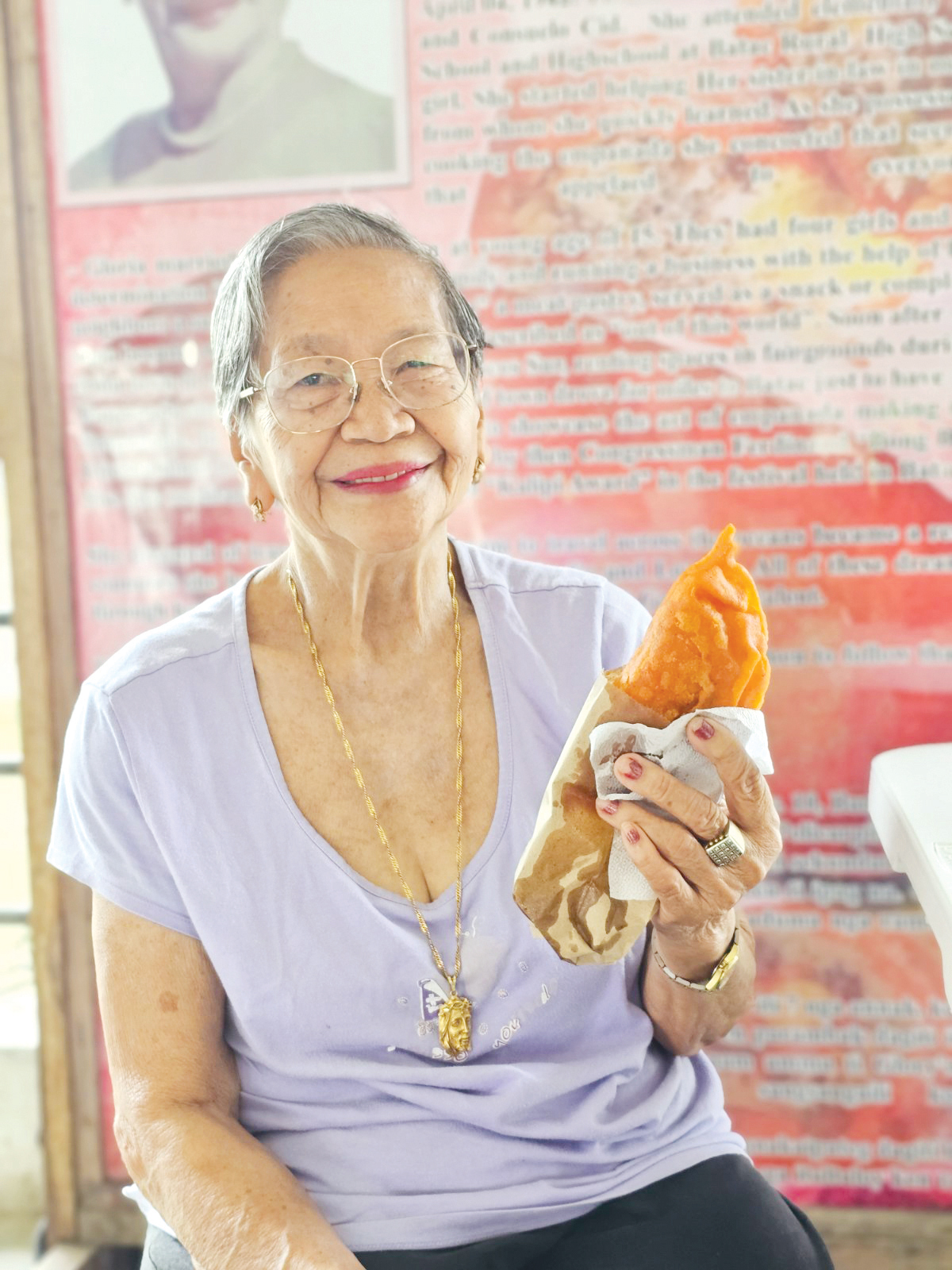
Those were just starters. Food, they say, is the best way to a man’s heart, also to the heart of any culture, but there were many other things to enjoy in Ilocos Norte, where the culinary game is strong, not for the faint of heart, especially not for the heart afraid of clogging its arteries. The Ilokanos love their bitter as much as they love their salt and their sukang Iloko. Even the vegetables are sinful, often dressed, as in pakbet, in anchovy sauce, particularly the bugguong munamon or bagoong monamon.
This sense of adventure must not be limited to the Ilocano palate. On previous trips, I would drive up north for slow afternoons on Pagudpud beach or to trudge along the cobblestones of Crisologo Street in Vigan or to sleep in hotel rooms at converted ancestral homes that seemed to have been stuck in 1824.

at Umok ni Siwawer Eco-Tourism Nature Park in Vintar
Not this time! Instead, I spent some time biking on air. You heard that right. A big part of our itinerary was morning at Umok ni Siwawer Eco-Tourism Nature Park in Vintar, about 40 kilometers from Laoag City. The bike zipline, measuring 230 meters over the Bislak River, was the first in the Ilocos Region, and it was fun to do it, even though we did it on a stormy day, with rainclouds rushing overhead and the wind blowing in intermittent gusts. The park is famous for Sunday picnics, but extreme adventure is what it’s for with its many other sports amenities for ziplining, surfing, kayaking, hydrocycle waterbiking, and all-terrain vehicle (ATV) rides.
But we chose to embark on a 4x4 adventure at the Laoag Sand Dunes, a parched paradise made of 85 kilometers of undulating sand formations. In Laoag, they call it Bantay Bimmaboy by virtue of its shape that resembles that of a pig. Hogging the coast of the West Philippine Sea, it is also called the Desert of the North, a coastal desert that forms a big part of the Ilocos Norte Sand Dunes, a national geological monument, stretching from Currimao in the north of Laoag to Pasuquin in the south of the capital.

The view was breathtaking, but not as breathtaking as the ride on rugged Ferozas, Toyota Land Cruisers, and Cimmarons top-down, especially when, pedal on the metal, our driver plunged as downhill from dunes as high as 90 meters. Other than 4x4 riding, also on offer, as part of the package, is sandboarding.
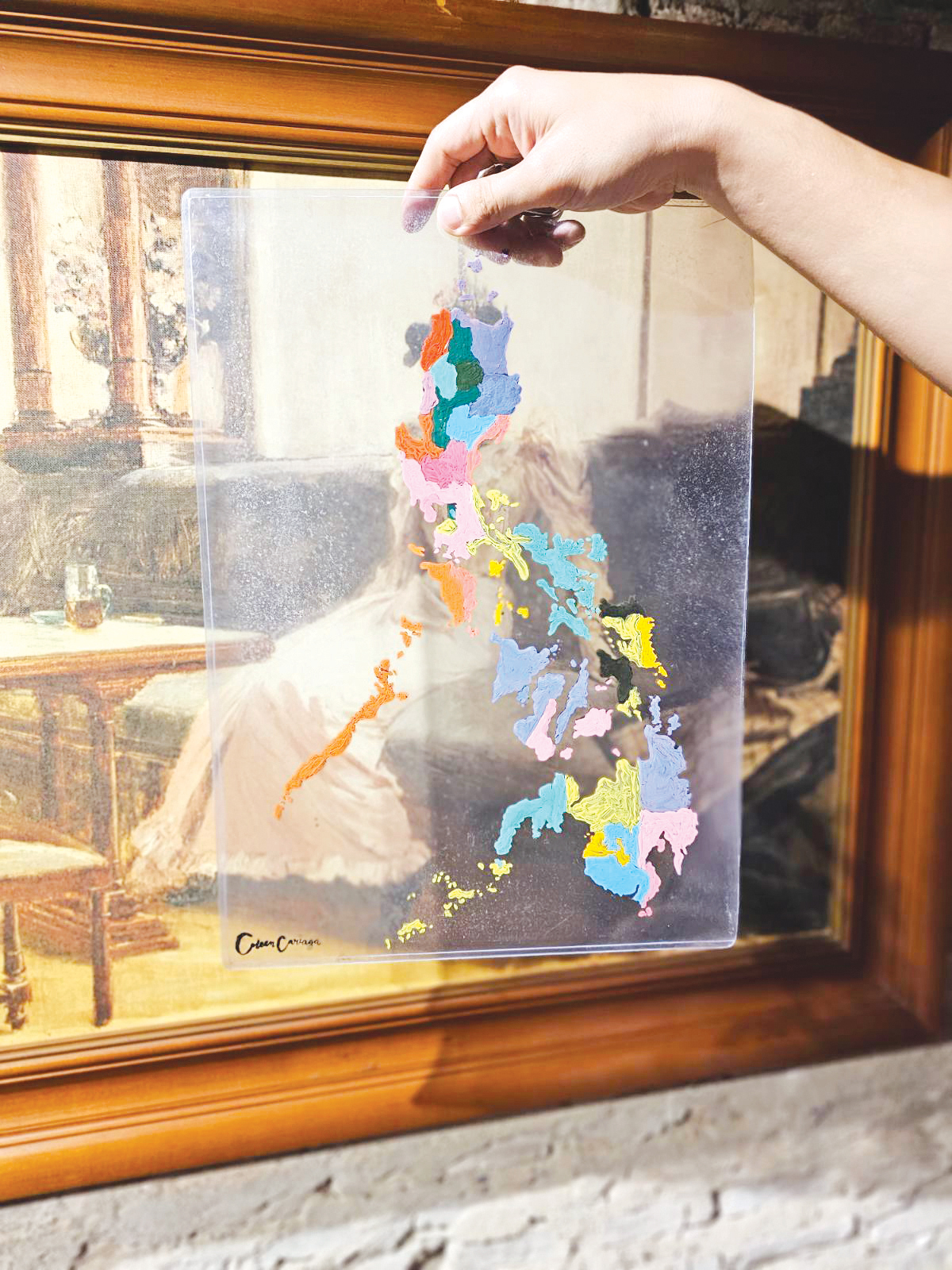
heritage resort in Currimao
There are many other things to do in Ilocos Norte to pump adrenaline. A visit to the centuries-old churches, like the Spanish colonial San Augustin Church of Paoay, completed in 1710, or the mysterious bell tower of Laoag City, which is believed to sink at the rate of one inch a year for reasons no one knows about, is just as exciting, that is if you immerse yourself in everything that they have been through as monuments of survival.

We did all that, including spending an afternoon at the Juan and Antonio Luna Museum in Badoc, where Juan Luna was born. It was a thrill to know more about the Luna brothers than what college history had taught us, the position of the woman seated at a café in Juan Luna’s Parisian Life approximating the shape of the Philippines, for example, or the letter Antonio Luna sent to Conchita Castillo, in which he wrote: “Tell our fellowmen that independence cannot be obtained from rose beds with comfort and without the corresponding risk. Independence is attained after a period of fighting, of suffering, afflictions, and bloodletting.”
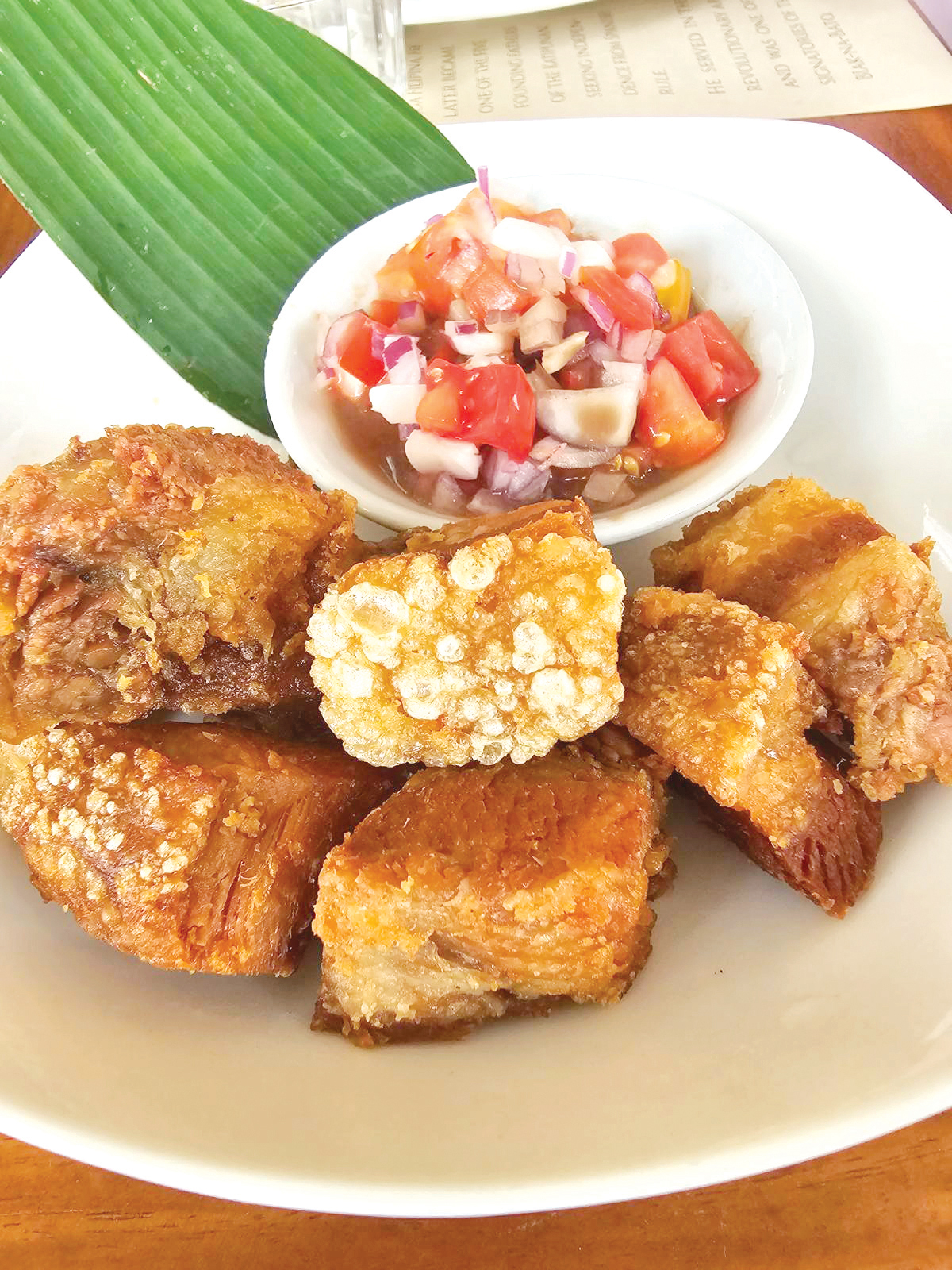
But nothing was quite as adventurous as the whole plate of crispy bagnet I finished at Kusina Valentin with soul-stirring views of Paoay Church. This foodie hotspot is where Herencia used to be, where it birthed the popular pinakbet pizza. But now, also on offer is the Gamet Seafood Pizza topped with toasted seaweed, shrimp, and squid, as well as various cheeses like mozzarella and parmesan. But the bagnet—to die for, nothing more adrenaline-pumping than that.
Ilocos Norte is adventureland.
